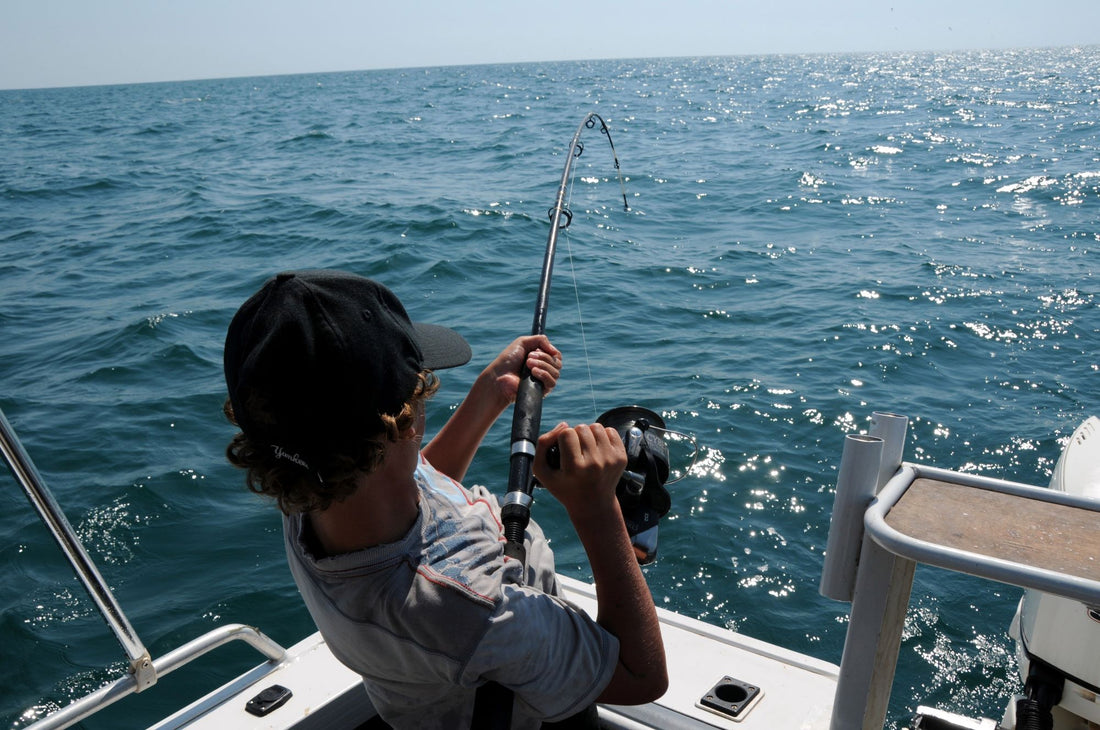
How can fishing be sustainable?
Share
Sustainable fishing means enough fish are left in the ocean to protect habitats and endangered species. By preserving the oceans, people who live on fishing can sustain their livings.
Making sure the oceans keep producing while supporting the people of the world requires an idea of how many fish are being harvested. Fishing can be sustainable, where the quantity of fish caught from a stock allows the stock to repopulate at a rate that allows it to do so, or it can be unsustainable, where more fish are caught by fishing than can be regenerated. Compared to numerous sources of land-based food, seafood that is managed productively and responsibly is a sustainable food supply with the least impact on the ecosystem. About 79 percent of seafood is sustainable, in accordance with the Food and Agriculture Organization of the United Nations (FAO). However, with not all fishing methods being considered exemplary, there are limitations to the amount we can get from the ocean. The pressure of our reliance on seafood is being felt by some fish stocks, and climate changes and human development are increasing this pressure.
Overfishing can alter the ecosystem balance. When large amounts of fish are physically eliminated from an area, a chain reaction occurs that changes the entire ecosystem. The large predators that count on these fish disappear, while their prey becomes more abundant. In turn, this decimates massive populations of smaller fish downstream in the chain. The ocean bears a heavy price for our rapaciousness.
Commercial fishing methods are a major risk to ocean life worldwide. Fisheries stocks worldwide are being overfished at both ecologically and economically unsustainable levels. Bycatch is one of the most damaging forms of fishing to ocean ecology. Approximately 9 million tons of unintentionally harvested fish are abandoned each year during the fishing expedition. A number of these ocean creatures are stuck in fishing gear, but not in the expected catches. This unintended catch, called bycatch, will normally die. Over 85% of the world's ocean species are fully developed, and overexploited. Every year, heaps of tons of plastic litter and other ocean wastes enter the oceans from unwanted and lost of fishing tackle. Up to 30% of the world's harvest is unneeded bycatch and untargeted fish.

Everyone can play a part in sustainable fishing
Consumer-- It is essential to choose sustainable seafood when buying seafood. Sustainable seafood is the one that is caught or raised in a way that will sustain or boost production over time. They are less vulnerable to fishing stress and therefore less likely to be overfished. They have a sufficient structure and abundance of stocks to support or enhance long-term profitability.
Sustainable fishing-- to maintain endangered species, making sure that fishing fleets use approaches that are not environmentally damaging and that only target seafood is allowed to be caught helps protect numerous ocean species.
Overfishing reduction-- Enforcement of government regulations and international treaties. These could involve strict bans on some eco-unfriendly approaches and appropriate regulatory oversight of some fishing methods. For example, regulating fishing methods is critical to controlling overfishing and facilitating sustainable fishing approaches.
In a fast-growing population world, seafood is vital to addressing food shortages. The best way to secure the sustainability of this stock is through responsible management, fishing, and cultivating. The way we catch and consume fish influences the health of the ocean ecosystem. As consumers, the choice of sustainably caught or grown fish helps guarantee that children and grandchildren will both benefit from and depend on the richness and diversity of the oceans.
